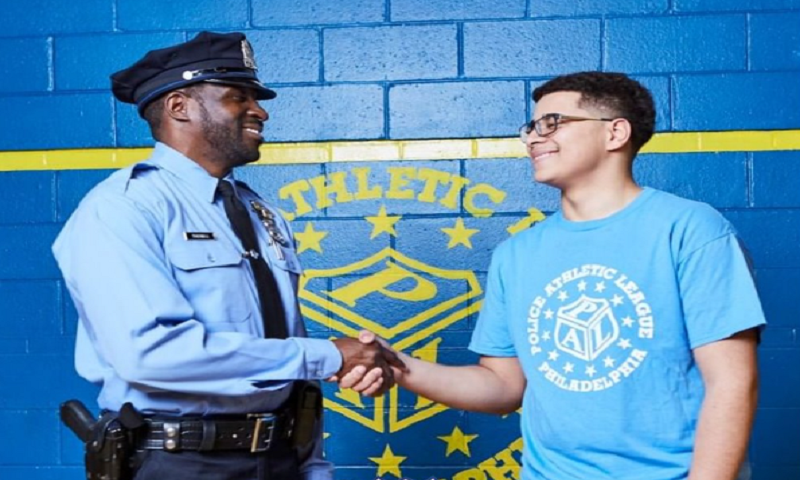
School resource officers (SROs) bid farewell to students departing campuses as the school year ends, with youngsters eyeing gobs of summertime fun. Cops everywhere are picking up the ball —figuratively and literally— and rolling out numerous activities and life lessons to keep kids’ minds blooming while forging new or deeper friendships with officers.
Main-staying the continuity of community relations, SROs don’t just hand over the torch at the end of the academic calendar. From hallways to highways, they rejoin Patrol Division personnel or other police units.
Law enforcement agencies collectively coordinate and oversee programs designed to keep kids constructively engaged and mindfully mannered in positive interactions influenced by selfless, dedicated cops girding youth.
If anti-police mouthpieces think they have the blueprint to scupper public safety professionals’ efforts to galvanize great relations with communities, they are wasting their breath. As always, our nation’s LEOs refer to resources and deploy assets to enrich the lives of young people.
One of the traditional programs successfully manifesting constructive interactions between cops and kids is the Police Athletic League (P.A.L.), whose motto is “The best friend a kid can have.”
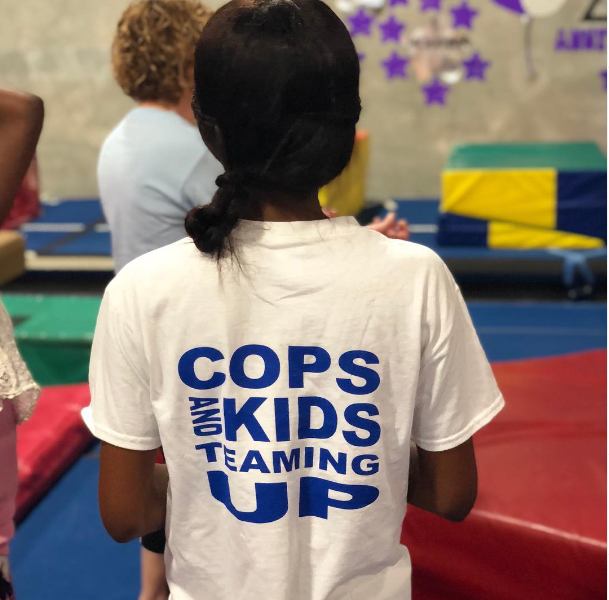
(Photo courtesy of the Kansas City, MO police department.)
P.A.L.
The Police Athletic League has been around for quite some time, with local chapters all over America.
The “Athletics” part consists of just about any sporting event, with cops training and guiding young people in baseball, football, fishing, boxing, basketball, wrestling, hockey, tennis, weightlifting, pickleball, martial arts, you name it.
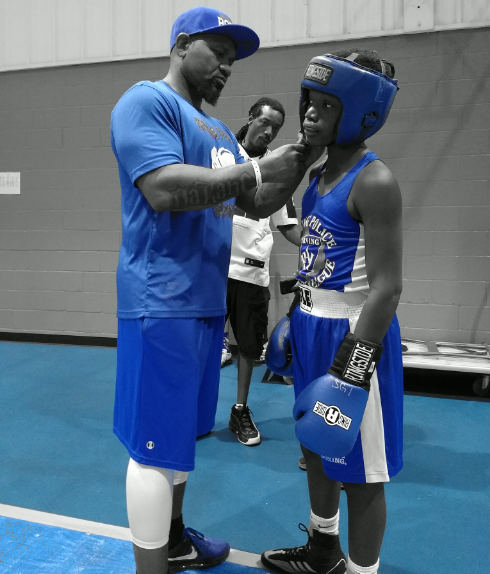
(Photo courtesy of the Irving Police Department.)
Some PAL programs entail teaching kids musical instruments, woodworking, engineering, drawing, painting, and baking. Whatever the mind can imagine, cops find a way to instruct youth and build skillsets.
As a kid growing up in NYC, envisioning a future as a policeman, the NYPD’s chapter of the P.A.L. was a most prominent fixture for youth, especially during summertime.
The iconic NYPD blue uniforms morphed into “soft uniforms” consisting of casual PAL t-shirts and denim pants donned by big-city cops giving their time and knowledge and skillsets to youngsters. Law enforcement officers of the NYPD were admirably referred to as “summertime blues” by kids out of school, eyeing mentors to help build their lives and constructively fulfill their time in safe settings.
“The Police Athletic League, together with NYPD and the law enforcement community, supports and inspires New York City youth to realize their full individual potential as productive members of society,” the NYPD’s P.A.L. website states, with all children having “a fun place to play, learn and grow, nurtured by a special relationship with youth development professionals and police officers.”
What might a “youth development professional” look like? Well, the NYPD Police Athletic League has actor Tony Danza, who not only sits as one of its board members but also teaches budding actors performance art, and cops are in on it.
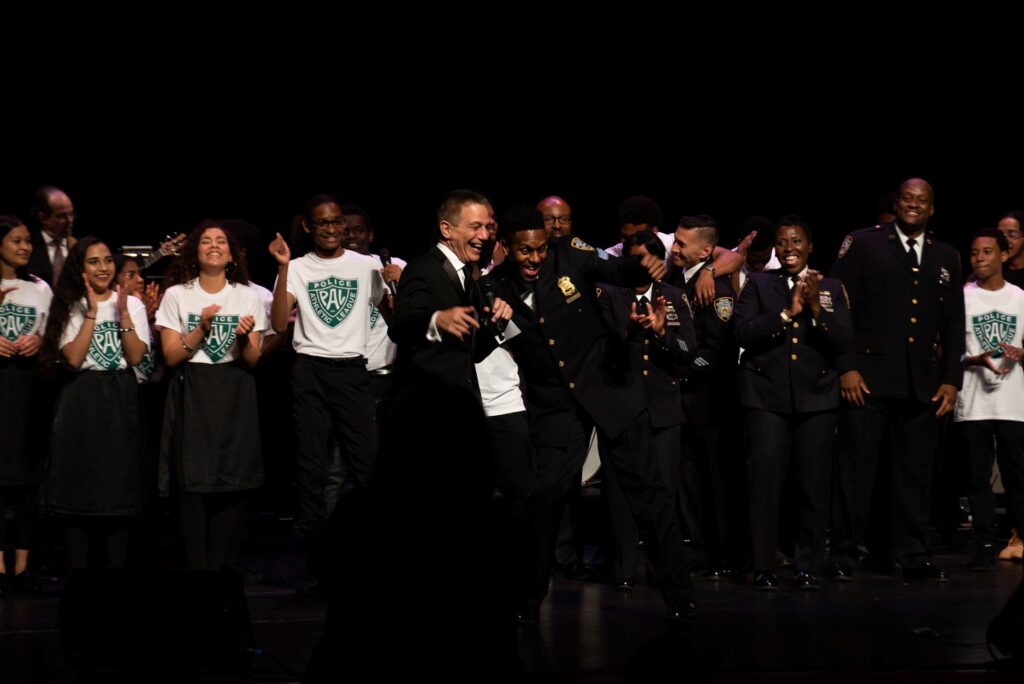
(Photo courtesy of the NYC Police Athletic League.)
The Police Athletic League’s philosophy “is grounded in the belief that young people’s strengths and capabilities can guide them to mature, productive adulthoods with our encouragement and commitment. PAL’s activities are experiential opportunities for young people to expand their horizons and realize their full potential.”
Years since adolescence, I still remember the fantastic times I had among NYPD cops rolling out a variety of fun-filled activities offered via the PAL program. Then, at the proverbial impressionable age, I gleaned critical-thinking skills (despite never having heard that phrase before).
I marveled at how these beat cops produced smiles despite the oft-horrific barbarism being reported via the front covers of the New York Daily News. How PAL-oriented cops somehow managed gruesome details of crimes, all while they generously gave of themselves, is a lesson I didn’t know I learned until years later when maturity evolved.
In retrospect, law enforcement personnel involved with a PAL program get just as much growth as the youngsters they are charged with blossoming. Although the majority of police agencies are municipal (city), other levels —county, state, and federal— have active PAL chapters staffed by deputies, troopers, and agents.
S.A.L.
Similar to the Police Athletic League, the Sheriffs Athletic League reflects the same brand of organized activities geared toward youngsters, simultaneously cementing bonds with juveniles being taken under the wings of deputies who care not to see idle hands and wayward minds get indoctrinated by contrarians roaming the streets and churning trouble.
In that regard, surveys of athletic leagues coordinated by law enforcement officers have a shining jewel at the outset, with bountiful dividends so direly needed today.
Looking at the NYPD’s PAL impacts statistics, fruitful gains are as follows:
- 97% of youth involved in the P.A.L. program are accepted into college after being guided through high school by cops.
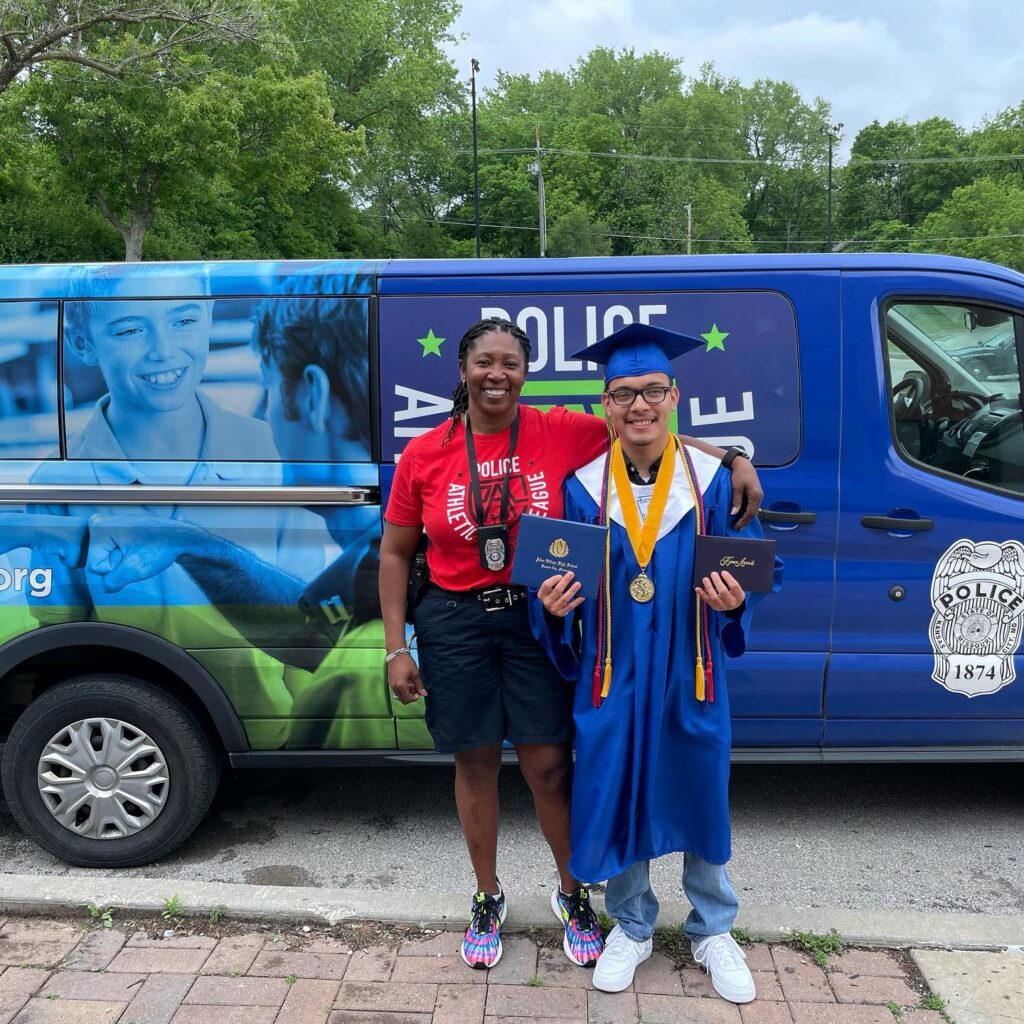
(Photo courtesy of the Kansas City Police Department.)
- 95% of after-schoolers improve social-emotional skills. Although more populated throughout the summer, the P.A.L. is a year-round offering, amounting to such robust results.
- 100% of juvenile justice youth successfully complete probation, compared to the “57% citywide figure” of youngsters not enrolled in P.A.L.
- 90% of middle schoolers enhance leadership skills. Various studies indicate that “adolescent leadership-skills development improves test scores and enriches students’ academic growth, self-esteem, and self-confidence.”
- 100% of Pre-K kids are prepared for kindergarten, thanks to PAL’s Early Childhood programs and certified educators.
- 90% of participant kids feel safer in their communities, thanks to the PAL Playstreets program relegating a “safe space to play” for “thousands of kids from the toughest city neighborhoods.”
Lastly, but no less important, especially in today’s antithetical anti-police climate, are the sentiments direct from kids’ mouths regarding how they feel about PAL and the cops who cater it all on their behalf:
- 93% of PAL participants cite “improved outlooks toward the law enforcement community” after “interacting with police officers” providing them opportunities, mentorship, and the keys to success.
The cause and effect of the grotesque defund-the-police movement coupled with abolition-minded naysayers have significantly shrunk the nation’s number of police officers as well as discouraged potential candidates from applying. However, that doesn’t stop contingents of PAL cops from catering to what they know to be crucial elements in early-life building blocks.
Given the success of PAL cops scoring the stats cited above, youngsters know a good thing when they see it; too bad adult elected officials and their cacophonous choirs (activists and social justice warriors) are ostensibly blind to crystal-clear lessons in harmony and virtues of giving instead of taking.
Nevertheless, the show must go on, with cops and kids interacting in constructive ways for the good of all.
As the NYPD framed it: “PAL’s philosophy is grounded in the belief that young people’s individual strengths and capabilities can guide them to mature, productive adulthoods with our encouragement and commitment. PAL’s activities are experiential opportunities for young people to expand their horizons and realize their full potential.”